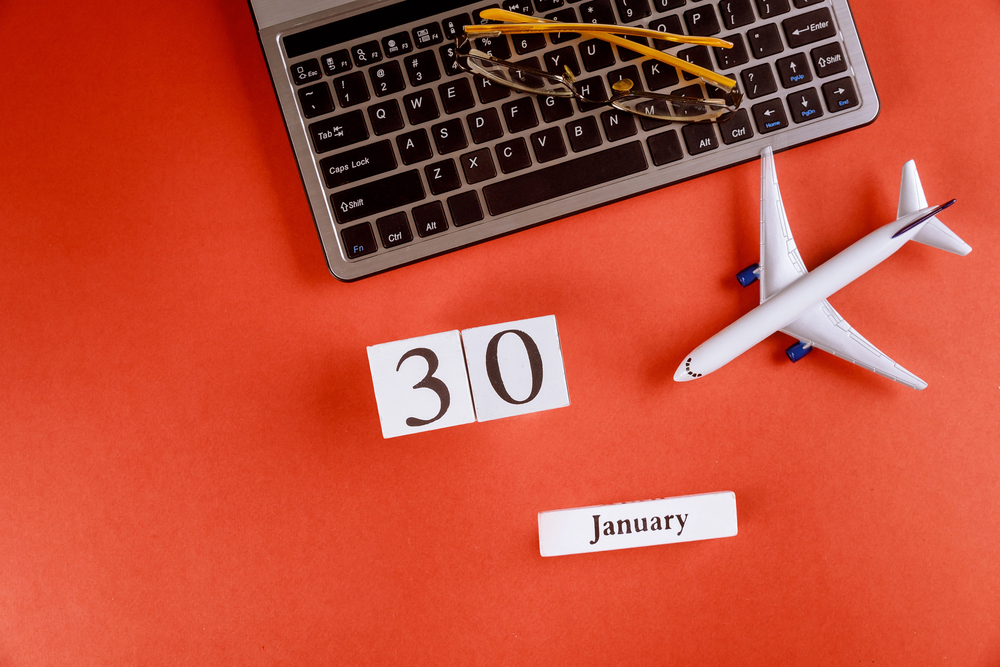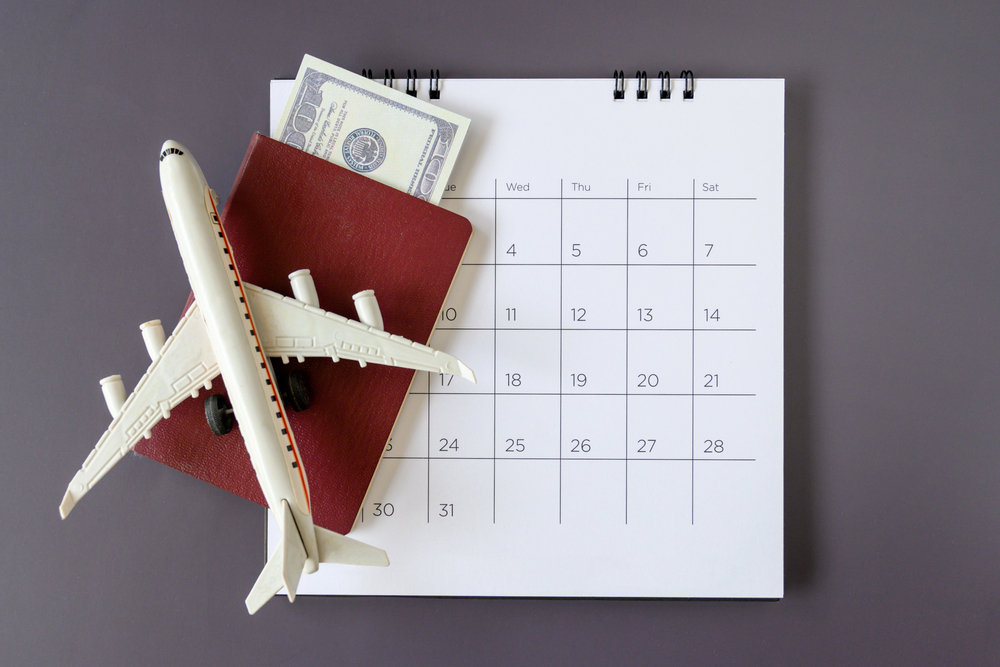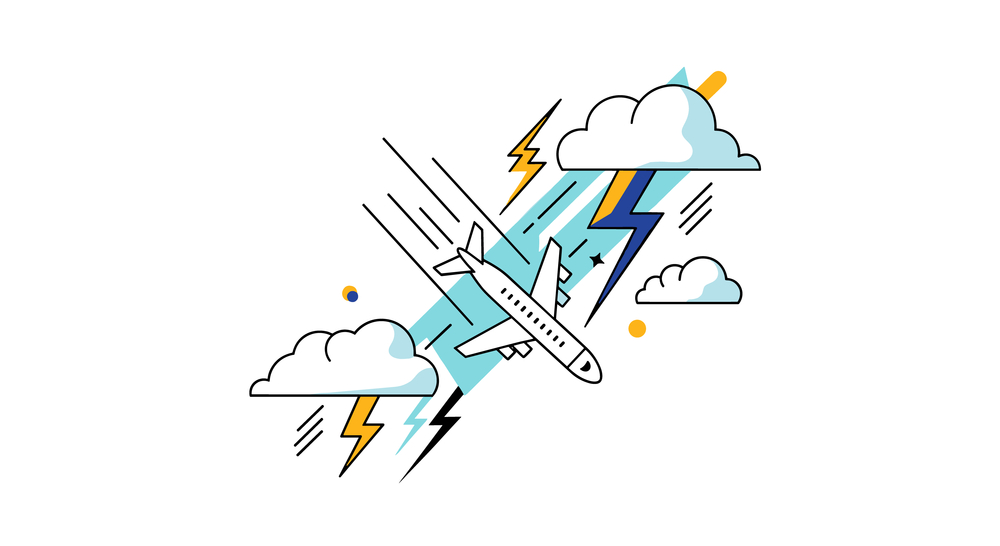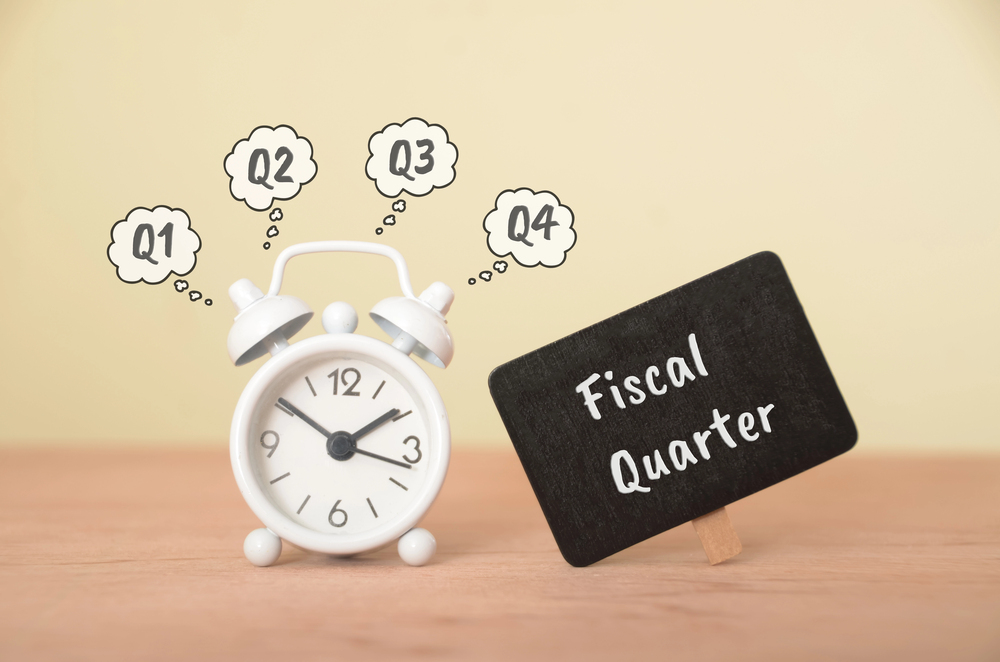Air travel costs have gotten out of hand, and most people are paying way more than they should. The difference between booking at the right time versus the wrong time can literally be the cost of a nice vacation. Smart travelers know that airlines play a complex pricing game, and understanding their strategy can put hundreds of dollars back in your pocket.
The trick isn’t just about finding deals—it’s about knowing exactly when airlines drop their prices and when they jack them up. Here is a list of 16 flight booking times that can save you $500 or more on your next trip.
Tuesday at 3 PM Eastern

Airlines typically release their weekly fare sales on Monday nights, and competitors scramble to match prices by Tuesday afternoon. This creates a sweet spot where multiple airlines are undercutting each other. The 3 PM Eastern time slot catches this competitive pricing window before business travelers start booking for the week. Think of it like a flash sale that happens every week, but most people miss it because they’re busy with work.
54 Days Before Domestic Flights

The 54-day mark hits the perfect balance between airline revenue management and passenger booking patterns. Airlines know that business travelers book closer to departure and leisure travelers book further out. At 54 days, you’re in the leisure traveler zone but haven’t hit the panic pricing that kicks in later. This timing consistently delivers savings of $200–400 compared to booking just two weeks before departure.
70 Days Before International Flights

International routes have different pricing algorithms because airlines need to fill larger planes over longer distances. The 70-day window captures the moment when airlines start getting nervous about empty seats but haven’t yet entered desperation mode. European routes especially follow this pattern, with prices often dropping 30–40% from their peak. It’s like buying concert tickets — too early, and you pay full price; too late, and you’re stuck with whatever’s left.
Off-Peak Tuesday Departures

Tuesday departures are the ugly stepchild of the airline world, and that’s exactly why they’re golden for your wallet. Business travelers avoid them because they cut into the work week, and leisure travelers prefer weekend starts. This lack of demand creates consistent pricing opportunities. Flying out on a Tuesday instead of Friday can save you $300–600 on domestic routes, especially during busy seasons.
Wednesday Returns

The Wednesday return flight is where the real magic happens for extended trips. Most people want to maximize their weekends, so they return on Sunday night, creating massive demand. Wednesday returns are so unpopular that airlines practically beg people to take them with lower fares. Combined with a Tuesday departure, you’ve got a pricing combo that airlines hate, but your bank account will love.
6 AM Departures

Nobody wants to wake up at 4 AM to catch a flight, which is exactly why 6 AM departures are priced to move. Airlines know these slots are tough sales, so they discount them heavily. The early bird pricing can save you $200–500 compared to convenient mid-morning flights. Plus, you’ll avoid airport crowds and have a better chance of on-time departure since weather delays haven’t had time to stack up.
January 15–February 28 Booking Window

This post-holiday period is when airlines get desperate to fill spring and summer flights. Everyone’s broke from the holidays, so demand plummets while airlines still have massive inventory to move. The pricing algorithms go into overdrive, creating deals that can save you $400-800 on summer vacation flights. It’s like shopping for swimwear in January—retailers need to move inventory regardless of season.
11 PM to 1 AM Booking

Late-night booking isn’t just about avoiding distractions—it’s about catching pricing updates. Airlines typically refresh their inventory systems overnight, and competitors often match prices during off-hours. This creates brief windows where lower fares appear before peak booking hours drive them back up. It’s a small advantage, but on expensive routes, it can mean $100–300 in savings.
157 Days Before Peak Season

Peak season pricing follows a predictable curve, and 157 days out is where airlines start their psychological pricing games. They want to create urgency without actually discounting heavily yet. This timing captures the moment before holiday surcharges kick in but after initial release pricing. For summer European trips or winter ski destinations, this window consistently delivers 25–35% savings over peak pricing.
Sunday for Next Week Travel

Sunday booking for the following week catches airlines in a vulnerable spot. They’ve seen the week’s booking patterns and know which flights are struggling. Corporate travel managers typically don’t book on Sundays, so prices reflect actual demand rather than projected business travel. This timing works especially well for Monday or Tuesday departures, creating a double-discount effect.
Four to Six Weeks Before Holidays

Holiday flight pricing is pure psychology, and airlines start jacking up prices months in advance. The 4–6 week window is where panic meets reality—airlines realize if they don’t sell seats soon, they’ll be flying empty planes. Thanksgiving and Christmas flights often drop $300-600 during this period as airlines choose some revenue over no revenue.
First Week of September

September is the airline industry’s ‘back to school’ reset, and the first week is when they reassess their fall pricing strategies. Summer demand has collapsed, but business travel hasn’t fully resumed. Airlines are stuck with inventory priced for summer demand but facing fall reality. This creates a brief window where you can snag deals that save $200–400 on fall and early winter flights.
21 Days Before Business Routes

Business routes follow completely different pricing logic, and 21 days is the magic number. Corporate travel policies often require advance booking, but not too far in advance. Airlines know this and price accordingly, but the 21-day mark catches the overlap between corporate requirements and leisure flexibility. Routes between major business cities can drop $300-500 during this window.
Post-Storm Booking Windows

Weather disruptions create pricing chaos that smart travelers can exploit. When major storms cancel flights, airlines need to fill displaced passengers while also managing normal demand. The 24–48 hours after major weather events often see temporary price drops as airlines try to normalize operations. This timing requires flexibility but can save $200-400 on routes affected by weather disruptions.
3 AM Tuesday Releases

Some airlines release their weekly inventory updates at 3 AM Tuesday, creating brief windows of lower pricing before demand algorithms kick in. This ultra-early timing catches pricing before most booking systems have adjusted for the day’s projected demand. It’s a narrow window that requires dedication, but frequent travelers swear by these pre-dawn deals that can save $150–350 on competitive routes.
End of Fiscal Quarters

Airlines are businesses with quarterly targets, and the last week of each quarter often sees pricing adjustments to hit revenue goals. March, June, September, and December endings can produce surprise deals as airlines choose market share over margin. These periods are unpredictable but can generate savings of $250–500 when airlines need to boost their quarterly numbers.
The Timing Game Never Ends

Flight pricing has evolved into a sophisticated chess match between airlines and travelers, with algorithms constantly adjusting based on demand, competition, and countless other factors. The days of simple advance purchase discounts are long gone, replaced by dynamic pricing that changes by the hour. These 16 timing strategies work because they exploit the predictable patterns in airline pricing psychology, but the game keeps evolving. Smart travelers who master these timing windows consistently save thousands per year, turning airline pricing algorithms from an enemy into an ally.
More from Travel Pug

- 20 Best Beach Towns in the Carolinas
- 13 Destinations Where Tourists Regularly Regret Their Trip
- 20 Things You Actually Get in First Class
- 20 Small Airports With Aviation Museums
- 20 Places in the U.S. That Are Perfect for a Reset Trip
Like Travel Pug’s content? Follow us on MSN.
